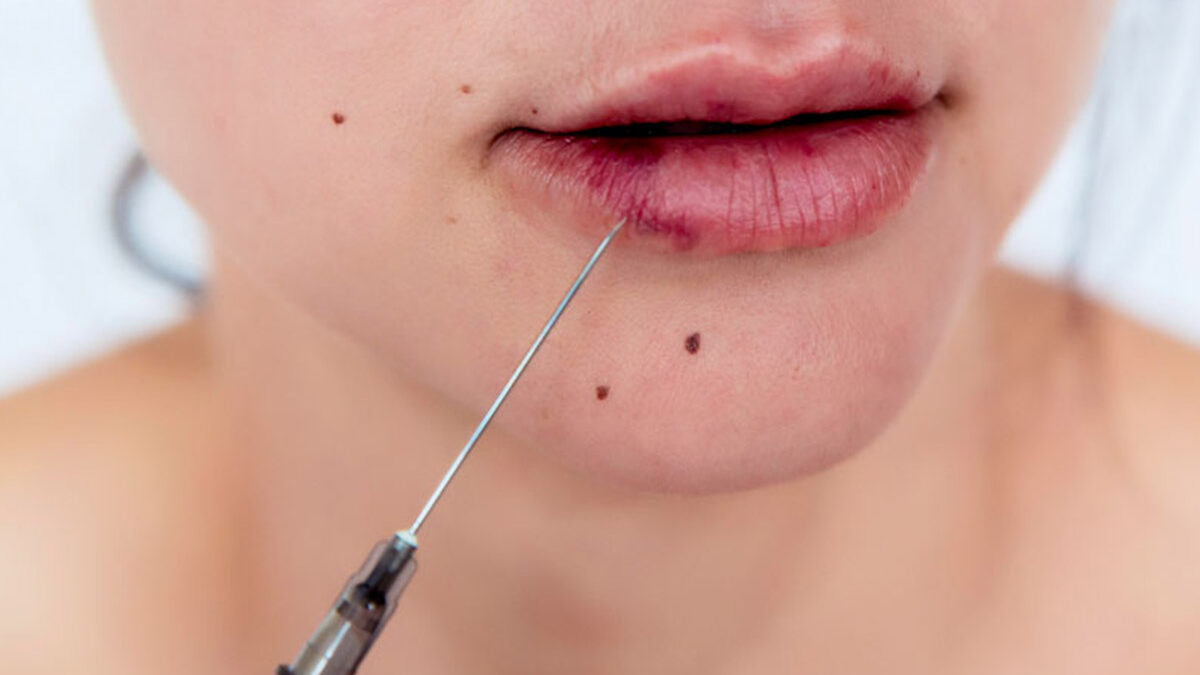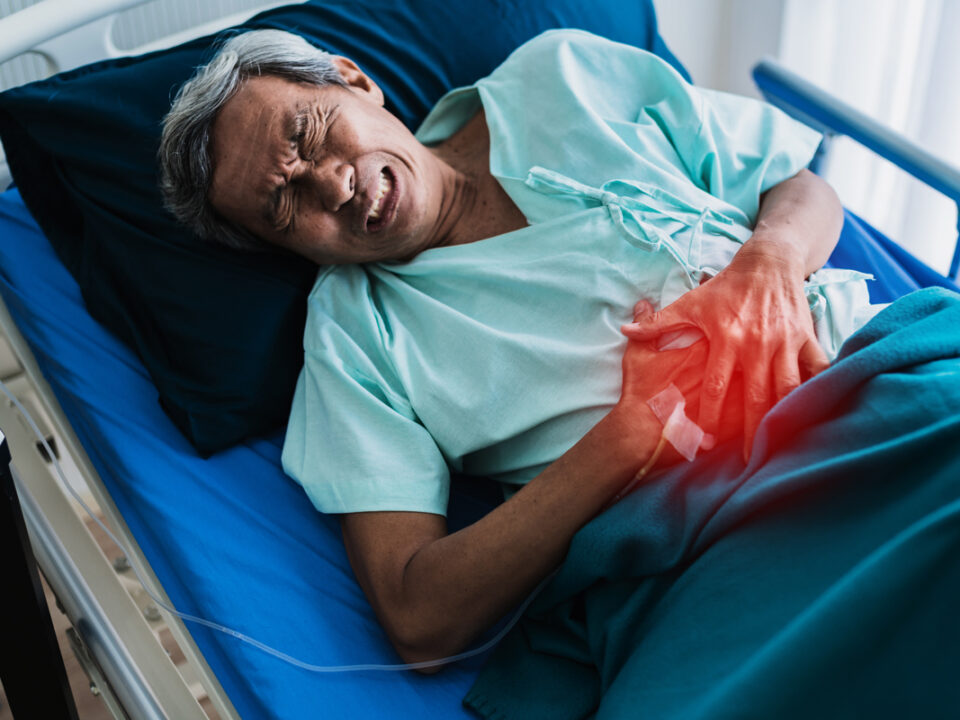
Role of Hyperbaric Oxygen Therapy in Infective Endocarditis
11/06/2024
Role of HBOT in Surgical Wound Recovery
24/07/2024Vascular Blockage brought on by fillers is effectively managed with Hyperbaric Oxygen Therapy (HBOT). Because dermal fillers obstruct blood flow, there is a chance that injected filler will occlude blood vessels. If left untreated, this might result in severe consequences such tissue necrosis and scarring. In these situations, Hyperbaric Oxygen Therapy, or HBOT, is a treatment method that includes inhaling pure oxygen in a pressured environment. By supplying more oxygen to the afflicted tissues, HBOT helps to manage vascular blockage through a number of important ways. Increased oxygen delivery to tissues is made possible by the pressured oxygen environment, which permits larger oxygen levels to dissolve in the plasma, even in regions with impeded blood flow. This oxygen-rich environment supports cellular metabolism and function, promoting tissue repair and lowering the danger of necrosis. This is what HBOT India has to say.
Dermal Fillers
What Are The Benefits of Dermal Fillers?
Dermal fillers help eliminate wrinkles by filling and increasing the volume of the face. With increasing age, the collagen under our skin loosens, which causes the skin to lose its volume, making it thinner and saggier. Fillers plump up wrinkles, cheeks, and lips and make your skin crease-free by adding volume and enhancing facial features.
How Do Dermal Fillers Work?
Health practitioners mark the area to be filled and apply anesthetic lotion or cream, numbing the site to make the procedure less painful. Healthcare providers use a small needle, and fillers are inserted in small amounts. After filling the skin, the treated area is treated with an ice pack to reduce swelling. Bruises and swelling are common. But some other risks are associated with the procedure. The hazards include infection, vascular occlusion, and tissue necrosis if not treated in time.
Dermal Fillers and Vascular Occlusion
Microorganism or needle injections used in dermal filler techniques can cause dermal wounds of the cerebrovascular and lead to vascular occlusion. Vascular Occlusion occurs when fillers enter the bloodstream and block the supply of oxygen and nutrients. Mild Vascular Occlusion causes erythrocyte and bruising. Vascular Occlusion may be a complete or incomplete occlusion, resulting in restricted blood flow or diminished blood supply, respectively. Moreover, vascular occlusion may be due to internal obstruction or external compression.
Mechanisms of Vascular Occlusion by Dermal Fillers
The possible vascular occlusion mechanisms are :
- Intravascular embolism
- Extra-vascular compression
- Vascular spasm
Further, dermal fillers cause vascular occlusion by thrombolytic, venous, and arterial mechanisms. After entering the blood vessel, the filler material may go to the comparatively smaller blood vessel and lead to its blockage. The vessels with poor collateral blood flow result in tissue ischemia and necrosis. If the injection becomes empty under high pressure and speed, it can cause retrograde flow, which pushes the bolus approximately in the opposite direction of normal blood flow. Upon reaching a vessel branch point, the filler embolism may be redirected to another vessel and proceed to distant areas supplied by that vessel. This process explains the ischemia mechanism at the remote site after the initial injection.
Intramuscular thrombolytic are thromboses caused by intramuscular injections that initiate intramuscular clotting systems. Theoretically, tissue ischemia is also caused by the dermal filler compressing blood vessels. The most important aspect of therapy should be getting rid of the injected substance entirely as soon as possible.
It is necessary to treat the complications promptly to avoid further complications. In severe cases, dermal occlusion can lead to necrosis. Necrosis is usually an accidental cell death due to poor oxygen supply, irradiation, or trauma. The necrotic cells swell, burst, and discharge their material outside into the surrounding environment. It causes local inflammation following redness, heat, and pain. Further, these cells are engulfed and eliminated by immune cells.
Delayed Vascular Occlusion
Sometimes Vascular Occlusion appears recently after the procedure, and the reasons for delayed Vascular Occlusion may be due to:
- In some instances, chronically acid fillers might cause external vessel compression after treatment due to their hydrophilic nature, which attracts water molecules.
- An embolus may block a vessel in a weak collateral circulation region; a lack of nutrients causes delayed occlusion in the following hours.
- The healthcare practitioner may inject the filler into the infra-arterial injection that does not show occlusion initially but develops a solidus. It causes the accumulation of platelets and, later, causes blockage.
- An infra-arterial injection in a larger vessel or at a bifurcation point can cause delayed occlusion in a terminal branch.
Signs and Symptoms of Vascular Occlusion Include:
Blanching: The whitening of the skin caused by lack of blood flow is known as blanching. It is often the first indicator that vascular occlusion has occurred. This is not to be confused with transitory blanching, which might happen after a filler injection if the filler was mixed with a local anesthetic, such as lidocaine, or if a patient was given a vasoconstriction medicine to avoid bruising. This is not the same thing. Bleaching that is just temporary is entirely harmless and will go away on its own.
Bruising: If the filler injection causes an artery or blood vessel to become clogged, the patient may experience bruising. Bruising has different appearances, i.e., from blue to a drab purple-gray, depending on the severity of the injury.
Swelling: Vascular blockage can often cause swelling at the injection site. Swelling may be moderate or severe. Normal swelling is a common side effect of dermal filler. Still, a professional surgeon can help distinguish between normal and abnormal swelling.
Blackening: The discoloration of the skin is a telltale sign of skin necrosis, often known as “dead skin.” Necrosis of the skin is a condition that cannot be reversed.
Pain: Although local anesthesia is used before the filler procedure, if the patient feels unusual pain that may be sudden or increasing after treatment. In such cases, there are high chances of occlusion. Moreover, pain in the distant area of the filler injection can also be a cause of occlusion.
Coolness: Reduced or diminished blood flow following injection also indicates vascular occlusion, which is detectable due to coolness in the affected area.
Typical Treatment of Vascular Occlusion
Sometimes, Vascular Occlusion can be managed with traditional measures involving massage, heating, or tapping at the affected area. If the problem does not resolve, hydroponically is used in cases of Vascular Occlusion with chronically acid. Antibiotics are prescribed to eliminate infection due to necrotic cells and tissues. Dead tissues can be removed by superficial debridement to enhance wound healing. If these treatments do not improve the conditions, the combination treatment with HBOT can be beneficial.
Vascular Occlusion and Hyperbaric Oxygen Therapy
Federal Council of Medicine Brazil suggested Hyperbaric Oxygen Therapy in 1995. The Brazilian Society of Hyperbaric Medicine reviewed its safety, accuracy, and ethics. The Oxygen Pressure above sea level is maintained, which allows deeper diffusion of a high concentration of oxygen into tissues. HBOT has vasoconstriction characteristics and helps reduce edema and improve wound tissue viability. Oxygen is an essential element for wound healing. As a result, providing oxygen at a minimum pressure of 30 mm-Hg creates a favorable environment for wound healing. Direct oxygen effusion can be provided by Hyperbaric Oxygen Therapy. It is a safe and efficient therapy that helps systematically repair ischemic tissues. It has been used in plastic surgery for a long time. In HBOT, 100% oxygen is directly diffused in a pressurized chamber.
The inflammatory reaction at the occlusion site is activated by tissue hypoxia. Reduced edema and infection are mainly due to the improved micro-circulation in the affected area. HBOT follows the exact mechanism; it activates the stem cells to move to the affected part and enhance angiogenesis. The hypoxia tissues restore eutrophic-mediated phagocytes in a rich oxygen concentration, improving bactericidal activity.
Although the intensity and length of HBOT vary for every wound, it is recommended to start HBOT soon after the injury appears until the lesion gets better. In the case of robotizing fasciitis, therapy is continued until the necrosis and lesion are gone, and 30 sessions with 2 to 3 ATA pressure are usually recommended for 5 to 6 weeks.
HBOT is popular and effective due to its hyper-oxygenation effects. It enhances fibro-blast proliferation, reappearance at the micro-vascular level, and capillary angiogenesis by promoting local cell metabolic affinities. ROS (Reactive Oxygen Species) and VEGF (Vascular Endothelial Growth Factor) both aid in wound healing and infection control.
The use of HBOT to treat Vascular Occlusion in Dermal Fillers has been reported in several studies. A case study published in the Dermatology Journal reported the efficacy of HBOT in patients with vascular occlusion. Two patients got hyaluronic acid filler injections and faced the side effects of discoloration and long capillary refill duration. To deal with the side effects, the patients showed no improvement when they were treated with hydroponically injections for two days. Then patients were treated with HBOT with two sessions daily with 100% oxygen at sea level for at least seven days. After seven days, the patients had one session daily for the whole week and had clinical improvements.
Summary:
When fillers enter the circulation and obstruct the flow of oxygen and nutrients, Vascular Occlusion occurs. Erythema and bruising are symptoms of mild Vascular Occlusions, while necrosis may develop in more severe instances. The goal of treatment should be to eliminate the injected drug completely as quickly as feasible. A safe and effective treatment, Hyperbaric Oxygen Therapy (HBOT) aids in the methodical restoration of ischemic tissues. 100% oxygen is directly diffused in a pressurized space during HBOT. The enhanced micro-circulation in the afflicted region is largely responsible for the decreased edema and infection. The case studies also support the use of HBOT as an effective treatment for Vascular Occlusion.




